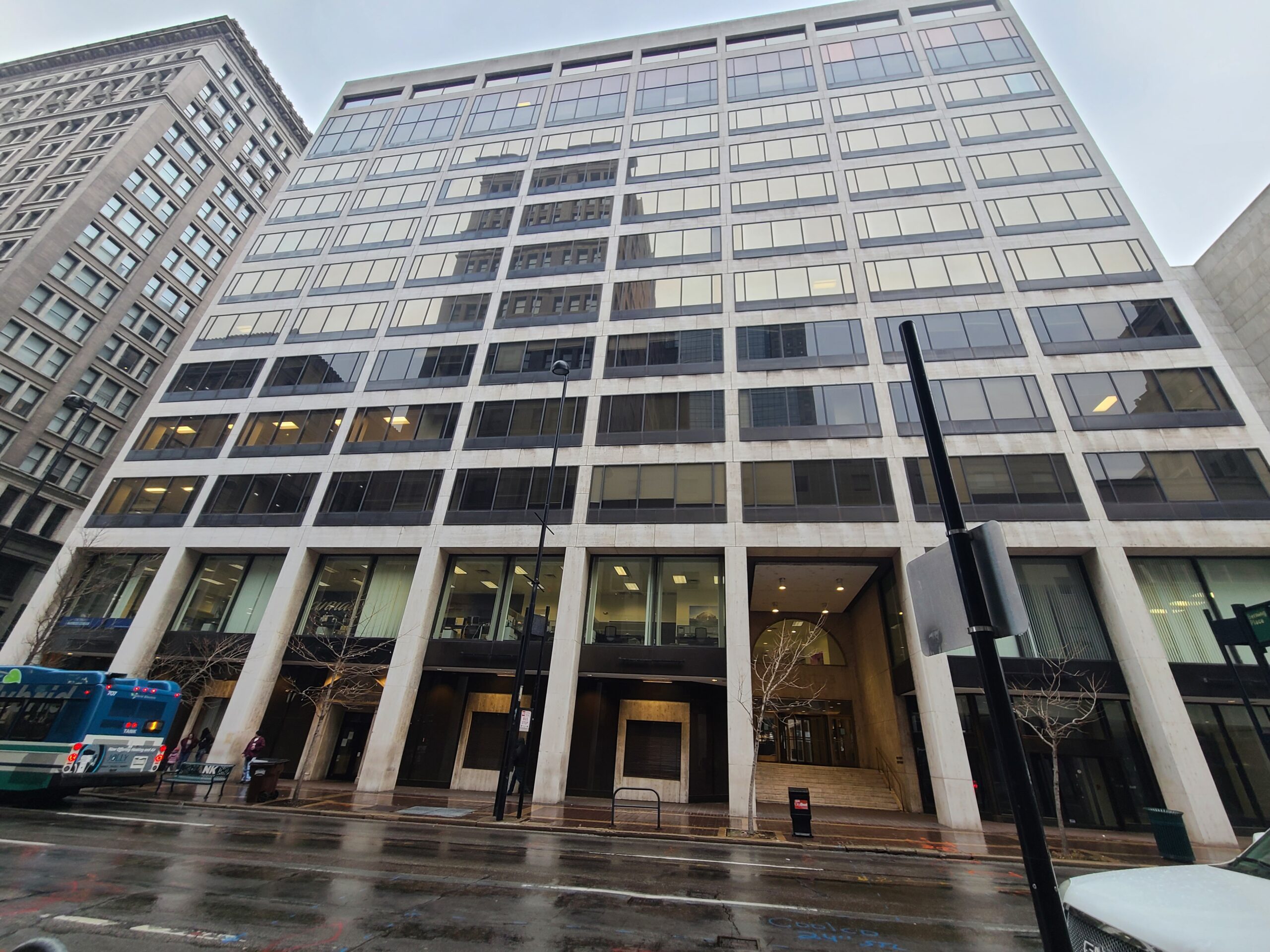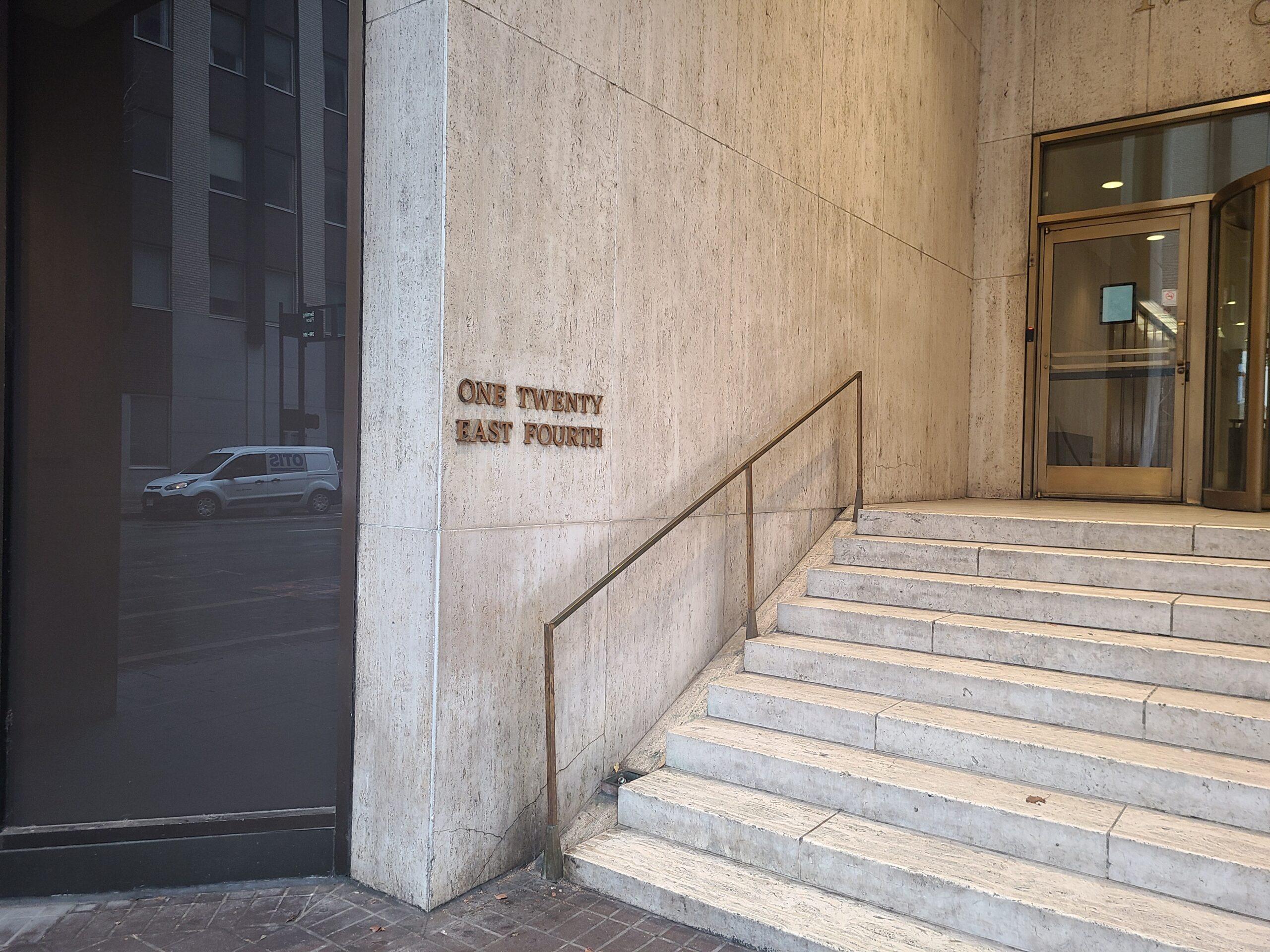Preserve the Past, Protect the Future with Historical Easements
Historical easements play a vital role in preserving the unique architectural and cultural value of historic buildings. By ensuring these properties are protected from alterations that could compromise their historic character, we help ensure that future generations can experience them as they are today. Learn how you can help safeguard our nation’s heritage.

What is a Historical Easement?
A historical easement is a legal agreement that protects the integrity of a historic building or site by restricting certain types of development or modifications. Similar to conservation easements, these agreements ensure that historic properties are preserved in their current state for future generations. Once a historical easement is placed on a property, it becomes part of the deed, binding all future owners to its terms.
Understanding Historic Conservation Easements
Historic conservation easements help protect both buildings and landscapes with historic significance. These legal agreements ensure that architectural features and land remain preserved while allowing property owners to retain ownership.
- 9Buildings can be put under a conservation easement that protects the façade.
- 9Historic lands can also be put under conservation easements to uphold the historic values of the property.
While the property can still be sold, leased, or inherited, future owners must adhere to the easement’s terms. Subdivision and major development rights may be restricted, and a Land Trust oversees compliance to maintain the integrity of the site.
Keeping History Alive
Historical buildings hold a special place in our collective memory and culture. They are not just structures of brick and mortar; they are the tangible remnants of bygone eras, encapsulating the stories, aspirations, and architectural prowess of the past. Contact us to be part of preserving these timeless landmarks.

